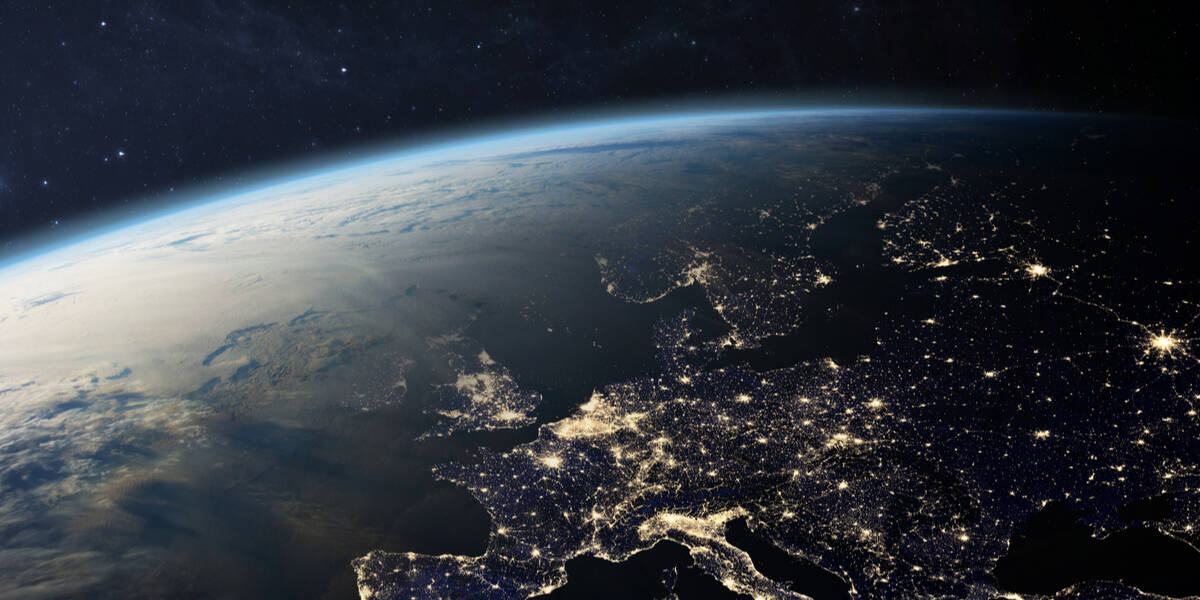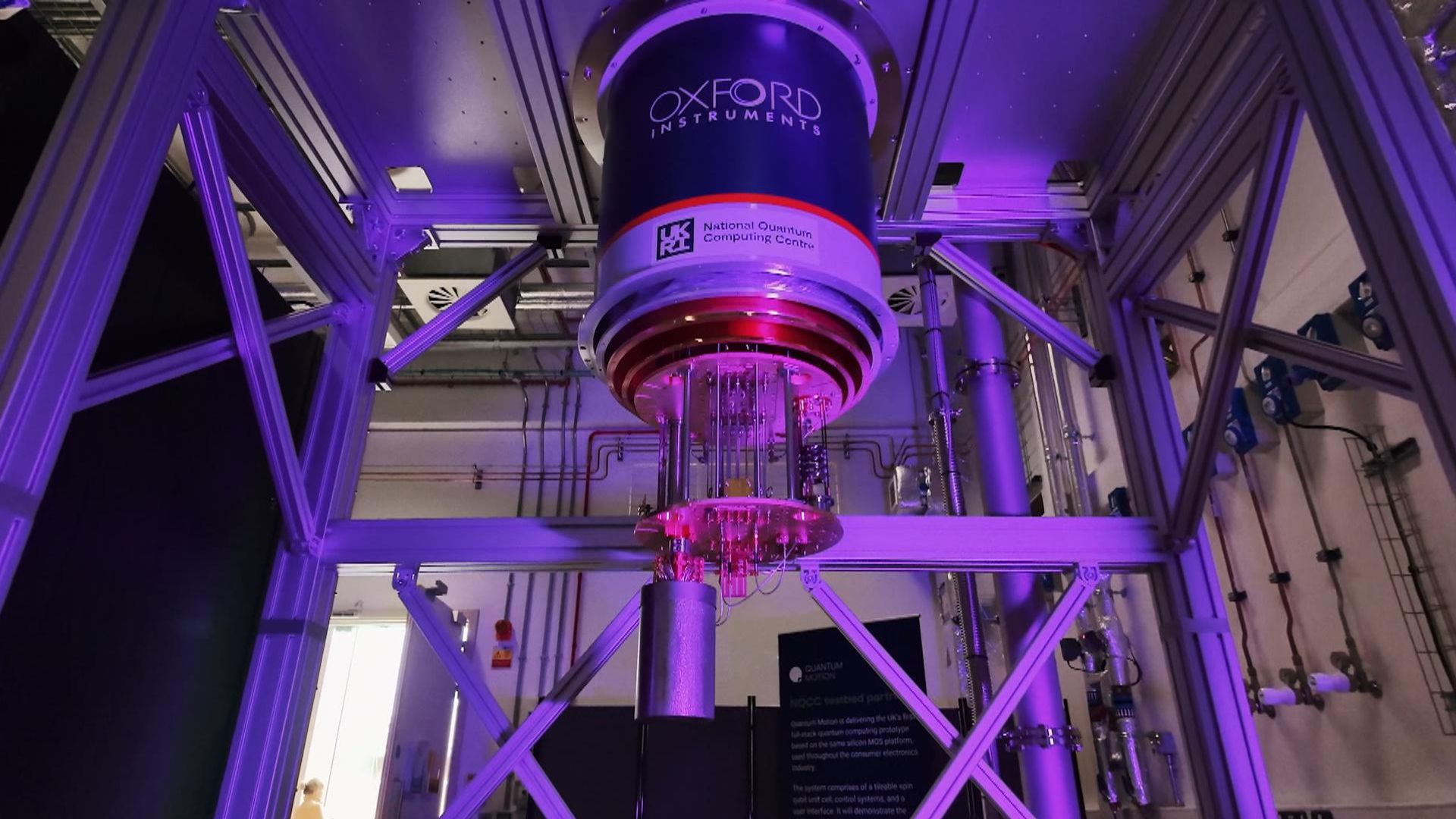
Datacenter power consumption across Europe could roughly triple by the end of the decade, driven by mass adoption of everyone's favorite tech trend: AI. "In the last two decades, no technology has driven the need for accelerated power infrastructure development in Europe more than AI," analysts wrote in a McKinsey report published on Thursday. At the current rate of adoption, the consultancy estimates that European datacenter power consumption will reach 150 terawatt hours (TWh) by 2030 – up from about 62TWh today.
If this actually pans out, bit barns could suck back up to five percent of the continent's electrical energy supply. McKinsey estimates that European utilities will need to add approximately 25 gigawatts of generation capacity to power all the power-hungry GPUs being pressed into service training and running generative AI models and services – and most of it is going to need to be of the "green" variety. That last detail, McKinsey analysts note, is something of a problem.
"The datacenter industry faces a big challenge to decarbonize its footprint and reach net-zero targets on a 2030–40 timeline." Some, including former Google CEO Eric Schmidt, have argued that we shouldn't even be worrying about AI's energy appetite because the tech itself is our best shot at addressing growing the increasing prevalence of greenhouse gases. "We're not going to hit the climate goals anyway because we're not organized to do it," Schmidt conceded while speaking at a recent AI summit in Washington DC.
Barring an AI climate salvation, McKinsey notes that renewable energy credits remain among the most popular ways cloud and datacenter operators go about offsetting emissions generated by their facilities. But the consultancy also feels that such schemes have " minimal impact on long-term emissions in power systems and rarely incentivizes the development of new projects or the generation of clean energy." One way to reduce AI’s impact is to place datacenters close to locations that produce clean energy.
That approach can work best when these facilities house hardware used to train models – a process that requires tremendous amounts of computational power, but doesn't need to be physically close to population centers. However, as the mix of AI workloads shifts toward inference – the actual running of the models – this will change and latency requirements will dictate the facilities be built near cities. Long term, McKinsey is tracking a number of potential remedies – ranging from carbon capture to onsite power generation using small modular reactors.
As we've previously reported , such reactors have garnered a lot of attention from cloud providers and hyperscalers in recent months despite the fact none have actually been deployed commercially. Nuclear isn't the only option for onsite generation – it's just one of the cleaner and more energy-dense items on the menu. Diesel generators, fuel cells, and facility-scale battery backups are commonly employed to provide supplemental power and smooth out fluctuations in grid power.
While datacenter power consumption is expected to rise, a separate McKinsey report also published Thursday suggests overall European energy demand may fall short of previous predictions. The firm believes that as much of 40 percent of the 460TWh in forecast growth may not materialize. Growing populations and gross domestic profit were expected to drive power consumption across the continent by upwards of seven percent by 2030, according to McKinsey.
Despite these trends, analysts observe demand has actually slowed – in large part because of energy efficiency gains, a shift to a services-oriented economy, milder winters, and high energy costs which have driven a trend toward de-industrialization. ®.














